Jennie Carr explores this small and glorious island.
‘Run your hand through the water and see it glitter’, says our guide, Brett. I do and it does. We’re on a night kayaking trip from Pigeon Point Beach to Bon Accord Lagoon in search of bioluminescence – glowing plankton. I’m captivated, we all are. I dip my paddle in the water, raise it and watch the sparkles trickle through the air. Some of our group swim amid the silvery glowing light. My co-paddler and I share a meditative moment or two, alternately gazing upwards to the starry sky and then down to what look like liquid fairy lights.
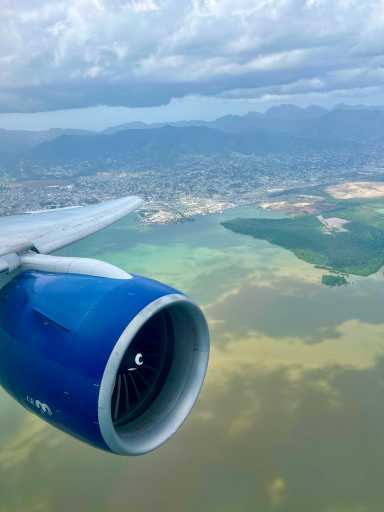
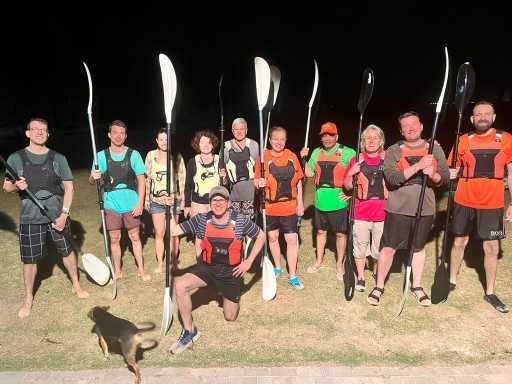
Watersports
Bioluminescence safaris are the brainchild of Radical Sports here on Tobago’s Pigeon Point: you’ve got to pick the correct time for this, a fortnight each month when the moon is just right. I’m no expert kayaker and the 2.5 hour round trip sounds a bit daunting, but it’s not. Brett paces us perfectly and there’s plenty to see, from flocks of fish-eating bats skimming the dark waters of the lagoon, to sea cucumbers and glow worms. Plus the water is warm and I’m fascinated to visit the mangroves on the edge of the lagoon.
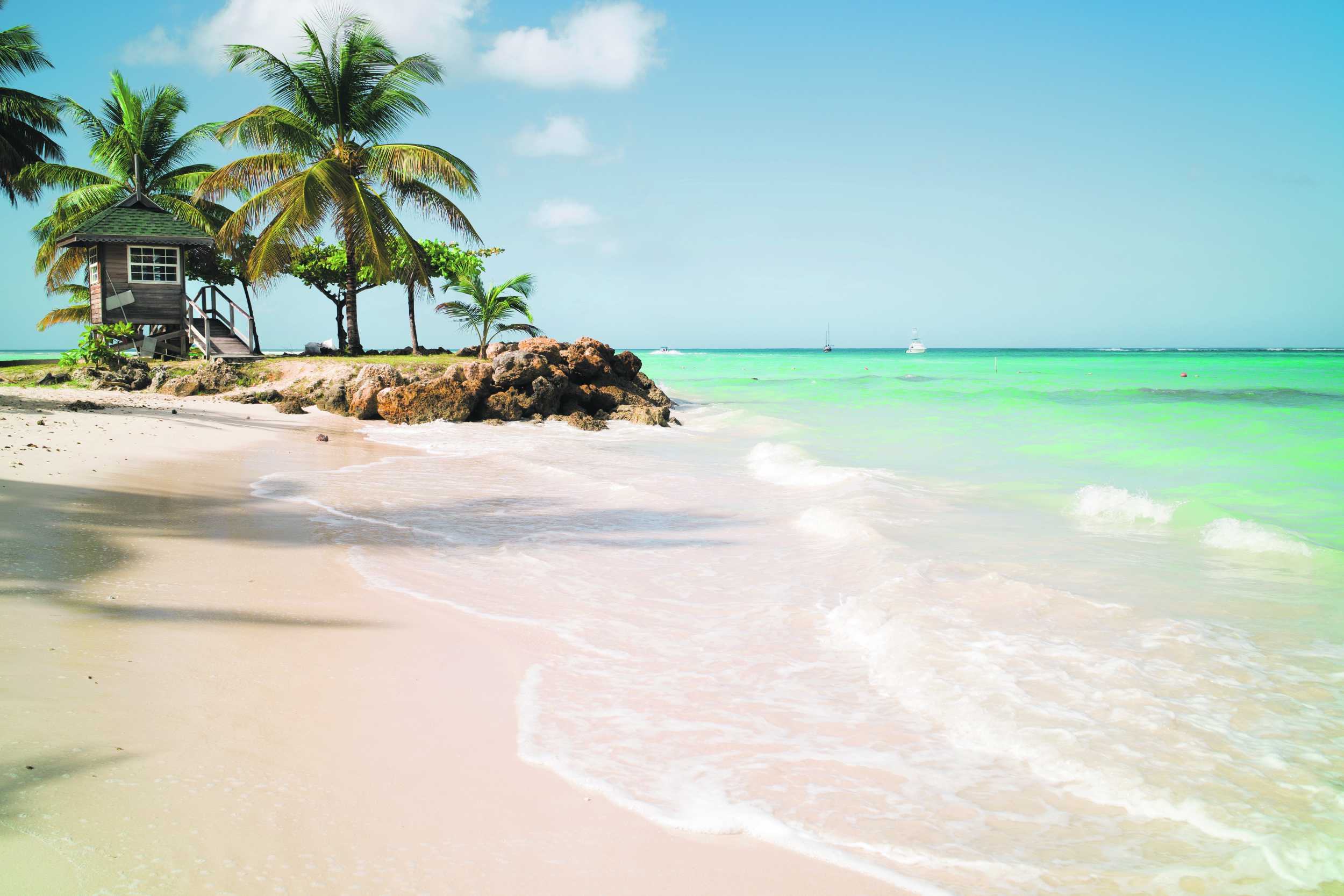
If kayaking is a tad tame for you, there’s stand up paddleboarding, wind surfing, kite-surfing and the latest impressive water wonder, wing foiling, where you rise above the sea on hydrofoil fin. It looks totally amazing and I suspect it’s probably not for me in this lifetime. But I could watch the antics of the wind and water circus for hours. Pigeon Point Heritage Park hits the spot for every beach lover, a sandy playground and it’s ideal for the perfect wedding photo too.
Sailing
A morning spent aboard the comfortable, sleeps four, catamaran Picante takes us to Nylon Pool, so named by Princess Margaret on her honeymoon here, for calm shallow water and safe swimming. And then we snorkel over Buccoo Reef, carefully watched by Captain Markus and Tanja, sighting multi-coloured fish large and small, including my favourites, parrotfish. As ever, life under the water is a delight, reminding me that there is a whole other world surrounding us on land. And as a treat Markus takes us to the ultimate deserted beach, no name is given, for a true Robinson Crusoe moment.
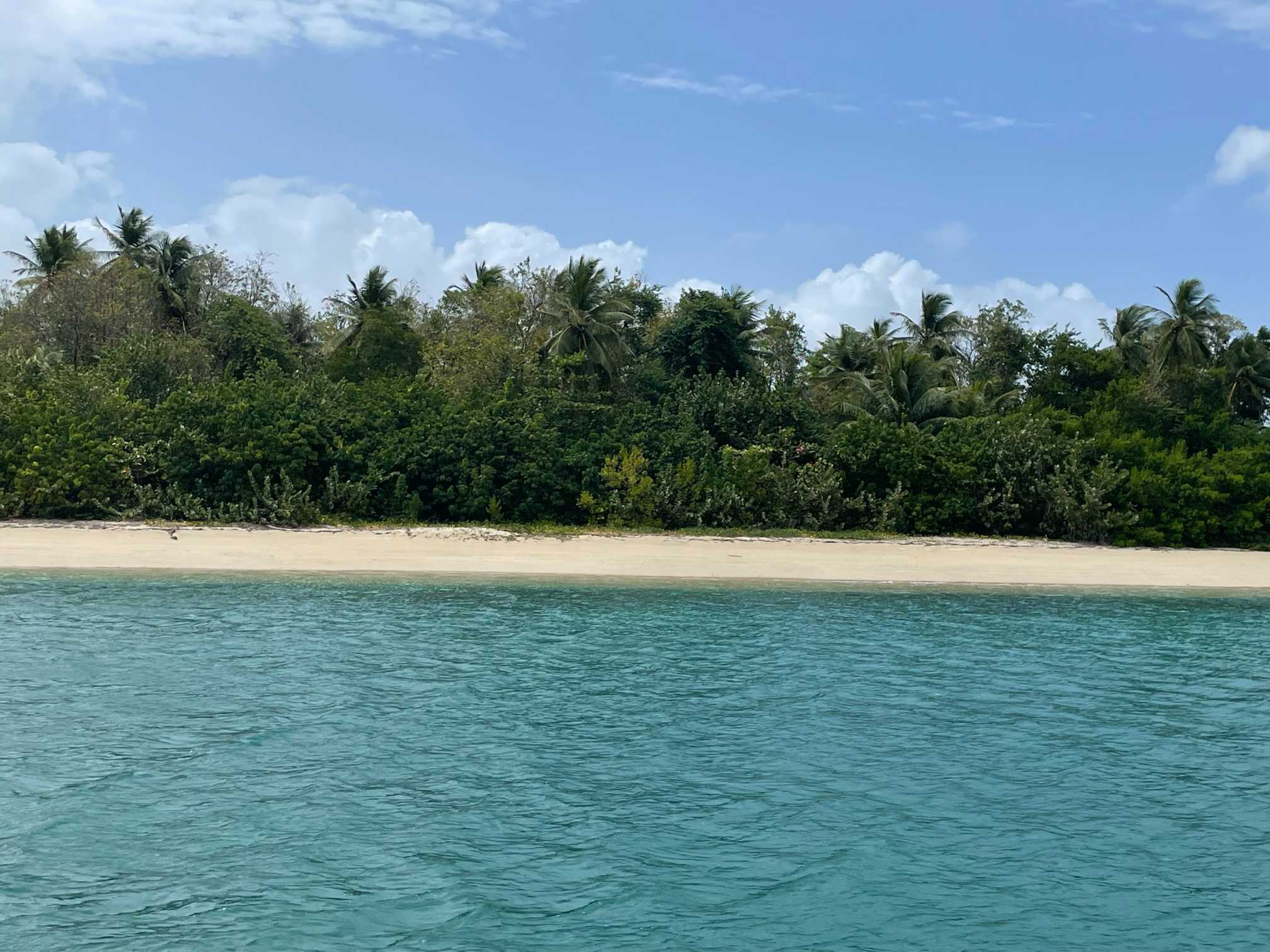
Birding in Tobago
And this is the absolute joy of Tobago: stunning surprises at every turn on land and at sea. It’s only 25 miles long and just over six miles wide, with a population of around 61,000. For its relative size it is certainly punching above its weight in terms of natural attractions. For active mature travellers, and those holidaying with families, it’s absolutely ideal.
The Tobago Main Ridge Forest Reserve, the backbone of the island, is the oldest legally protected forest reserve geared specifically towards conservation. Created in 1776 at the behest of British MP Soame Jenyns, whose belief in the correlation between trees and rainfall was prescient, the Reserve is a shining example of eco-tourism and sustainability, with many endemic species of birds and animals. Birders really do flock (!) here and there are exceptional guides to take you on tour to track down the 260 species the island boasts.
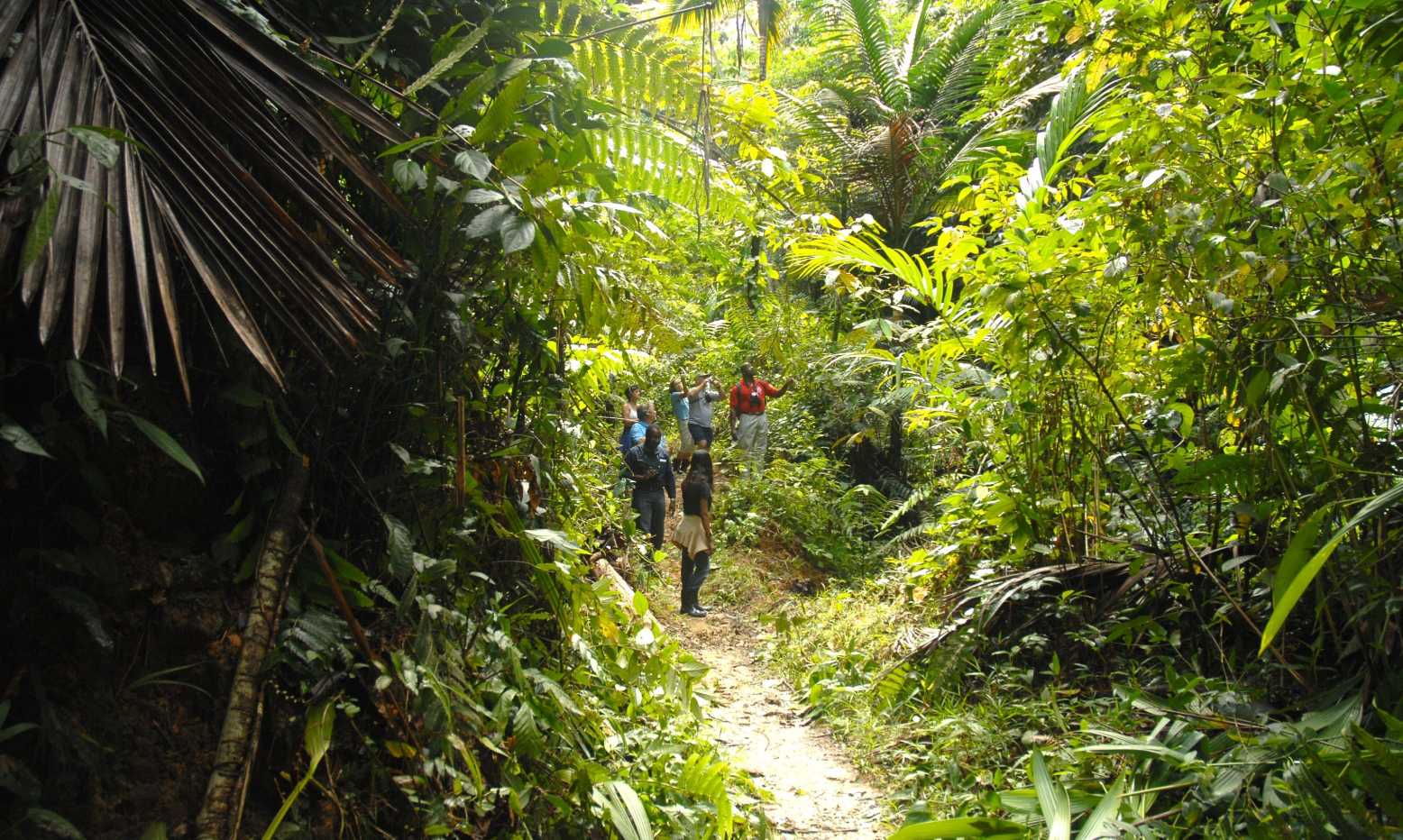
We have the slightly cheating version by visiting Shurland’s Adventures on the edge of the rainforest, looking down a valley. It’s a simple place, devoted to the birds. Ms Shurland has created a magnet for hummingbirds through dozens of feeders, and the air is quite literally buzzing with the vibrations of their wings as birds swoop to feast on the sugar water. Are they jewelled-coloured mice with wings and long beaks? Whatever the case, they are mesmerising and in this particular spot, pretty tame. We take a seat with a front row view, eat lunch with an outstanding dessert of soursop and guava ice cream, surrounded by the hummingbirds, hovering inches from our faces.
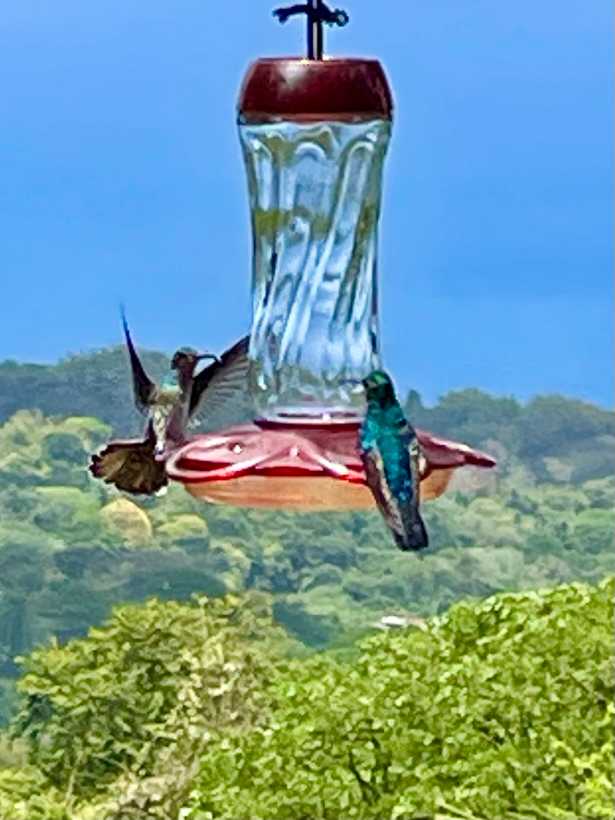
On the west coast
Yes, we visit more beaches. Worthy of note, although frankly my jaw keeps dropping on the entire drive from Arnos Vale and Bloody Bay, is Castara Bay. Viewed below from the cliff, it’s a picture-postcard stretch of sand with the clearest blue water. My instinct is to run into the sea immediately. Fishermen land their catch here, so you can get a slice of local life early morning. High in the hill is Castara Retreats, where timber built eco-cottages exude barefoot luxury: this is undoubtedly my place and I will return.
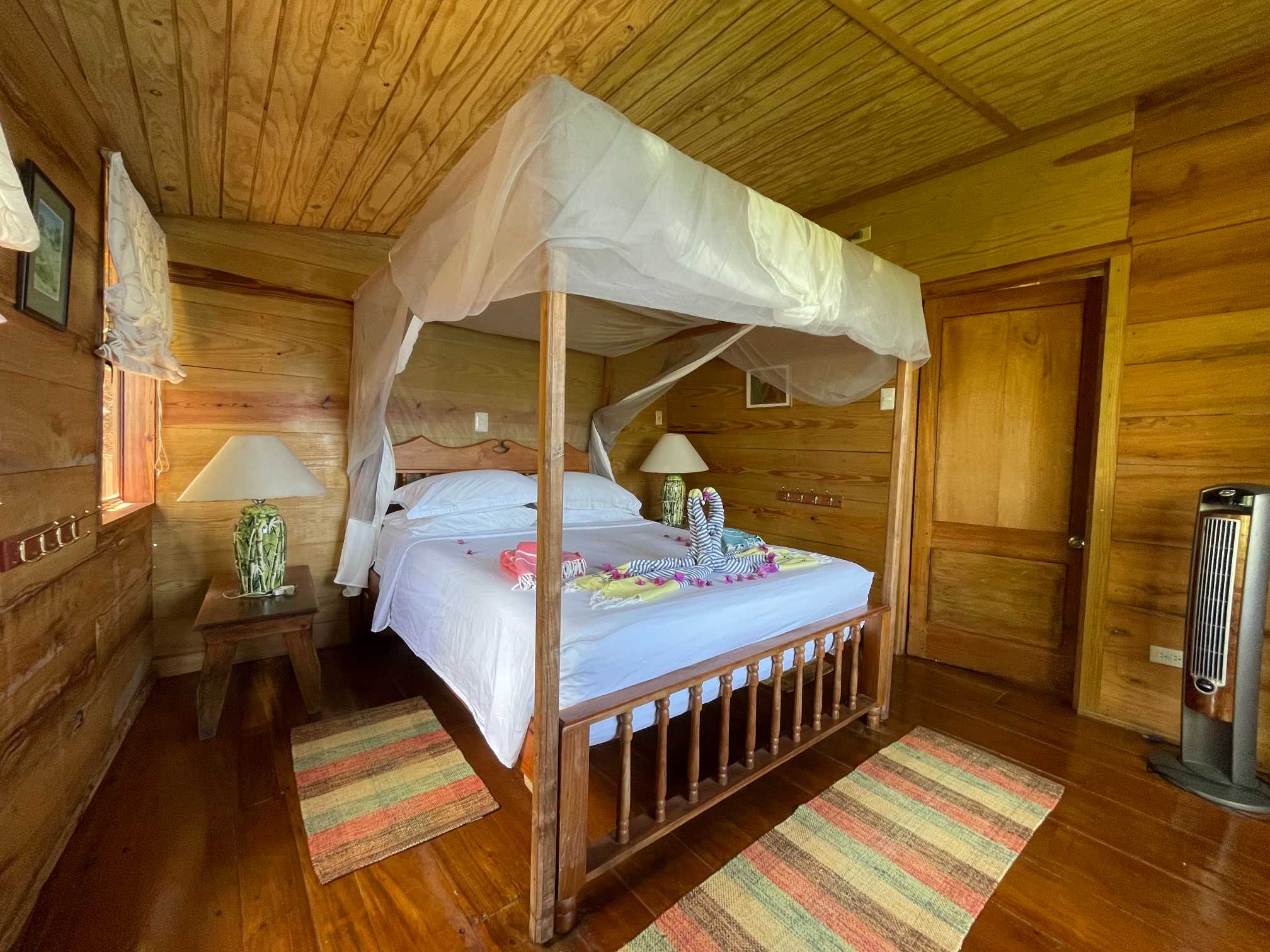
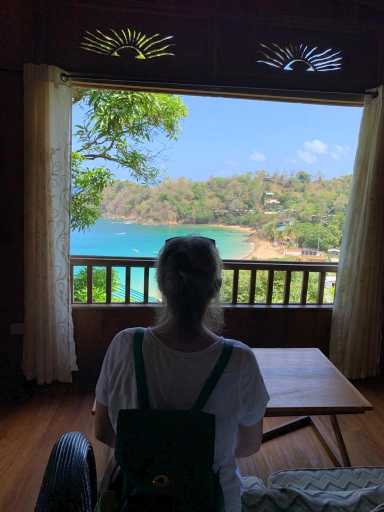
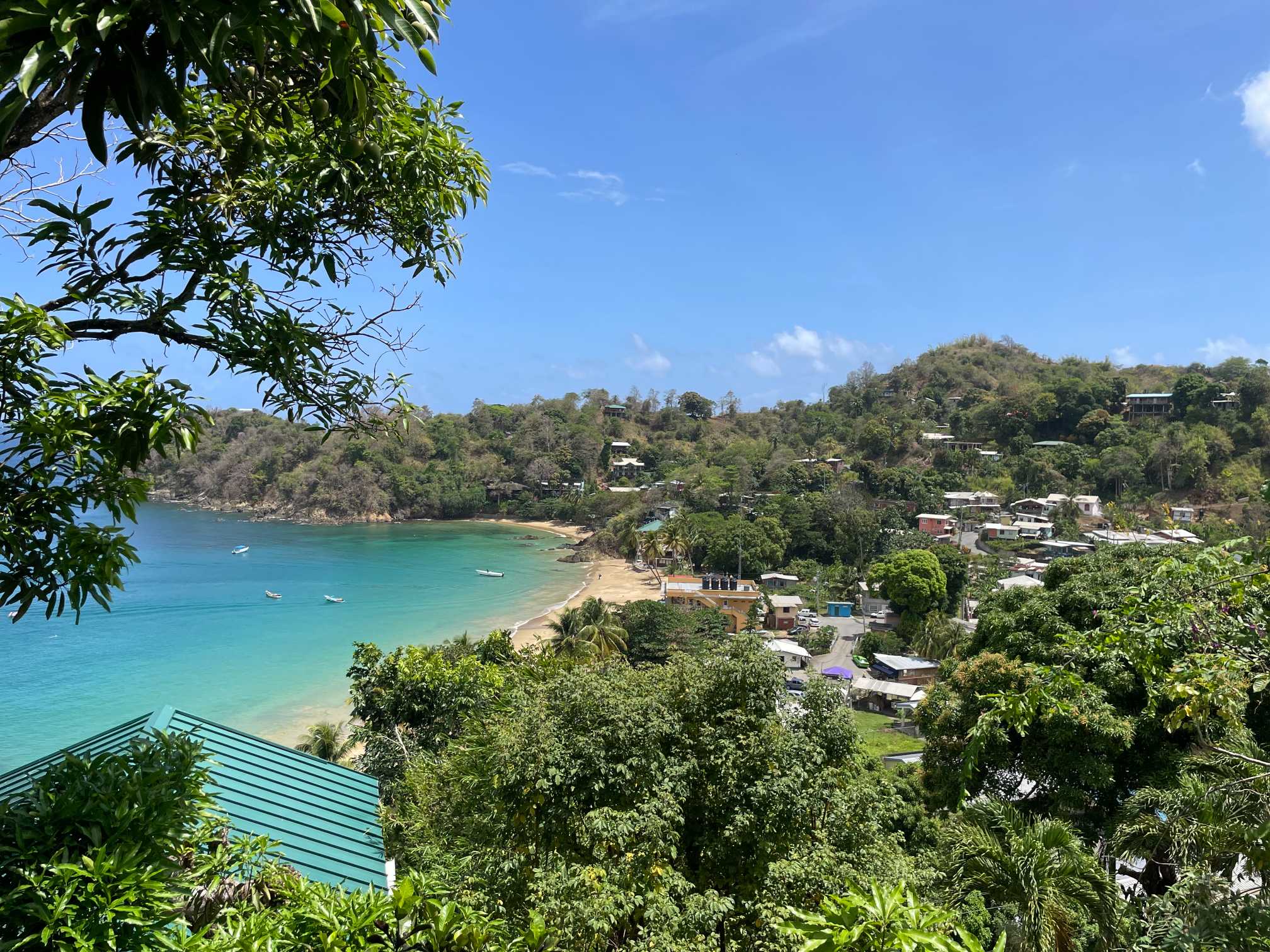
Further on at Parlatuvier Bay, we have an unexpected marine experience. Standing on the jetty, watching fishermen clean their catch and lob the unwanted bits into the sea, we see a large dark flat shape emerge in the shallows. And another, followed by half a dozen more. These sting rays are keen to avail themselves of an easy meal, one almost beaching itself in its hurry. It’s a bizarre thing to watch, almost other worldly, ghostly somehow. And, we are told, not at all uncommon.
Of family importance to me is Little Englishman’s Bay where Swiss Family Robinson (1958) was filmed. I feel as if I know every tree and rock personally as I watched it so many times with my kids.
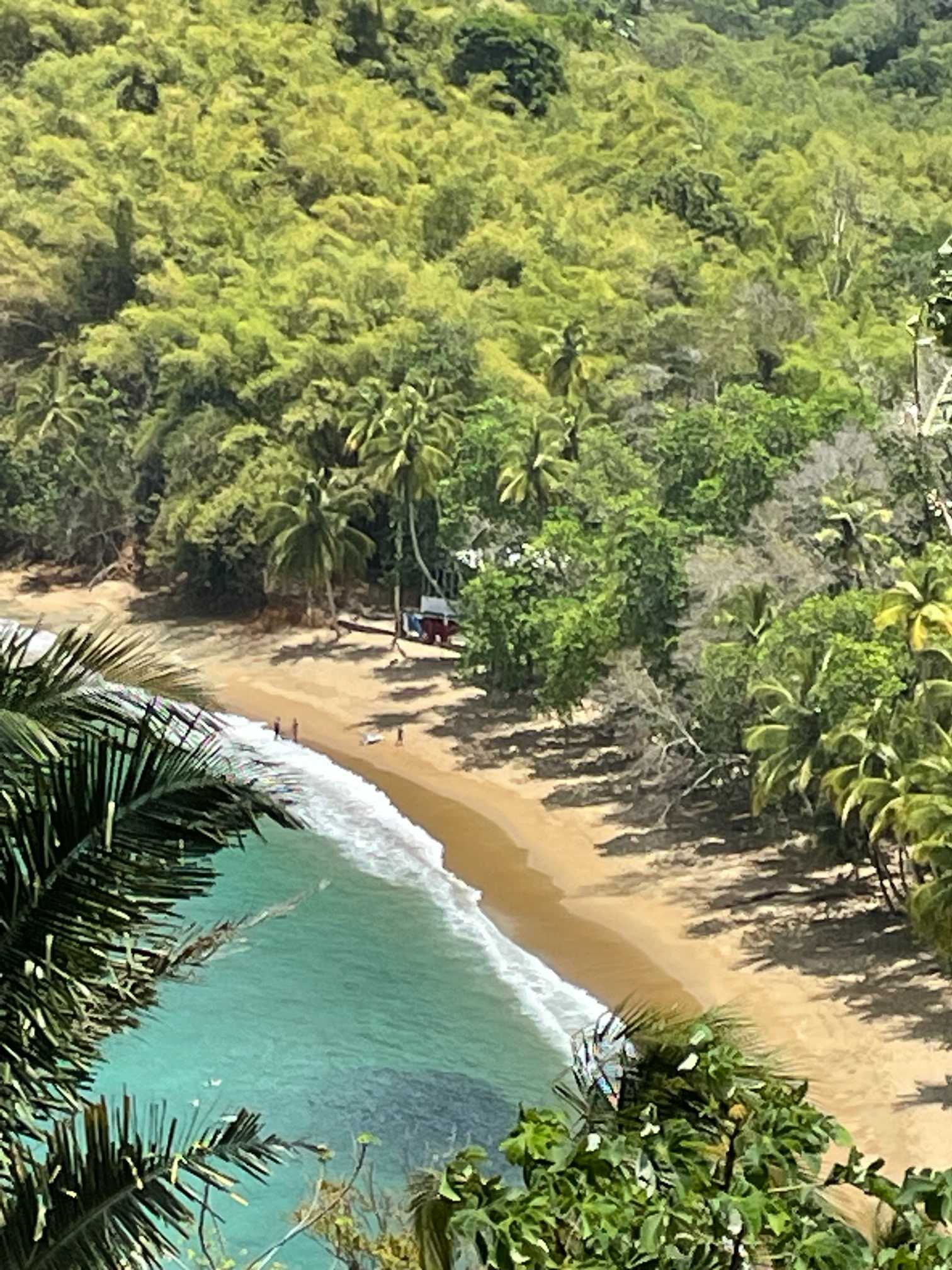
Tobago’s capital
Scarborough, the capital, sits on the Atlantic coast and is in the south of the island, where many of the tourist hotels are. We overnight at the new Comfort Inn & Suites, which is far more than we expect with Tobagonian touches, like a rooftop pool, cool outdoor cocktail bar and shuttle bus to the beach. It’s a hybrid business-and-holiday-for-a-few-days’ property.
We are hit with history at Fort King George run by the local National Trust. The island has changed hands an astonishing 33 times and this building is the result of both English and French occupations. However, the real story, and it’s movingly told by our guide, is that of the enslaved people brought here. Hideously small spaces where people were crammed in, walls with execution bullet marks still visible and brutal barracks buildings instil a sense of horror and shame in us.
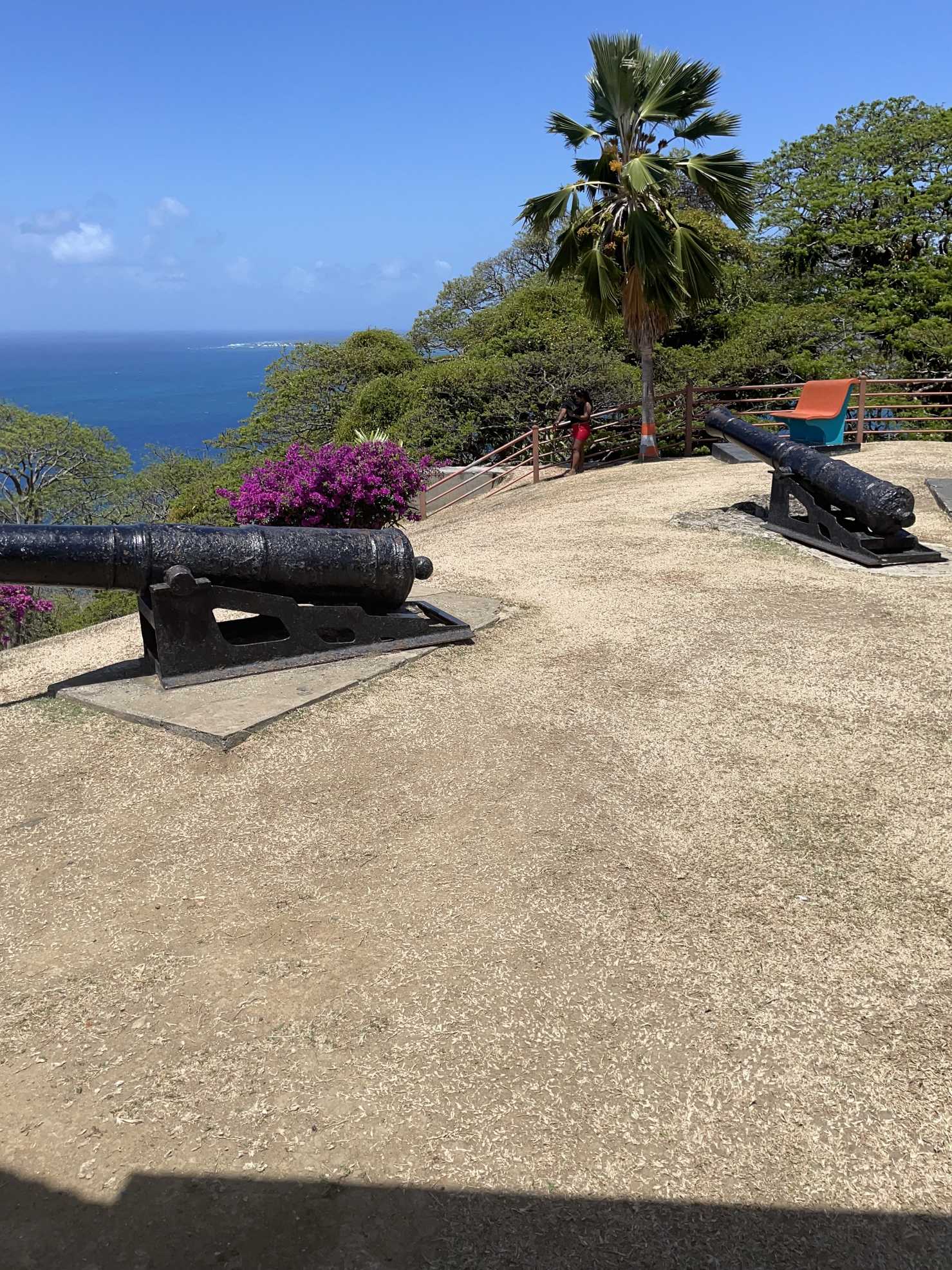
The museum beside the preserved fort and its associated buildings is illuminating and eclectic. Maps, weapons, artifacts and images show the diverse races who have lived here, what they left behind and what they have contributed to Tobago today. We leave thoughtful.
Food
We eat well. Goat rotis at a Store Bay food stall; Z’s Grill Shack offers a choice of lobster, fish, chicken or steak all grilled by the dancing chef/owner and absolutely outstanding, and from a food van, we sample doubles, made with two baras (flat fried dough) and filled with curry channa (curried chickpeas). Beyond delicious all of it! And of course, there are more formal restaurants, with local and international cuisine, which we enjoy in hotels. I really like the Seahorse Inn & Restaurant: there’s great atmosphere sitting in an outdoor courtyard surrounded by fairy lights. Fine dining or fried chicken always tastes better outside, especially when you can hear the sea.
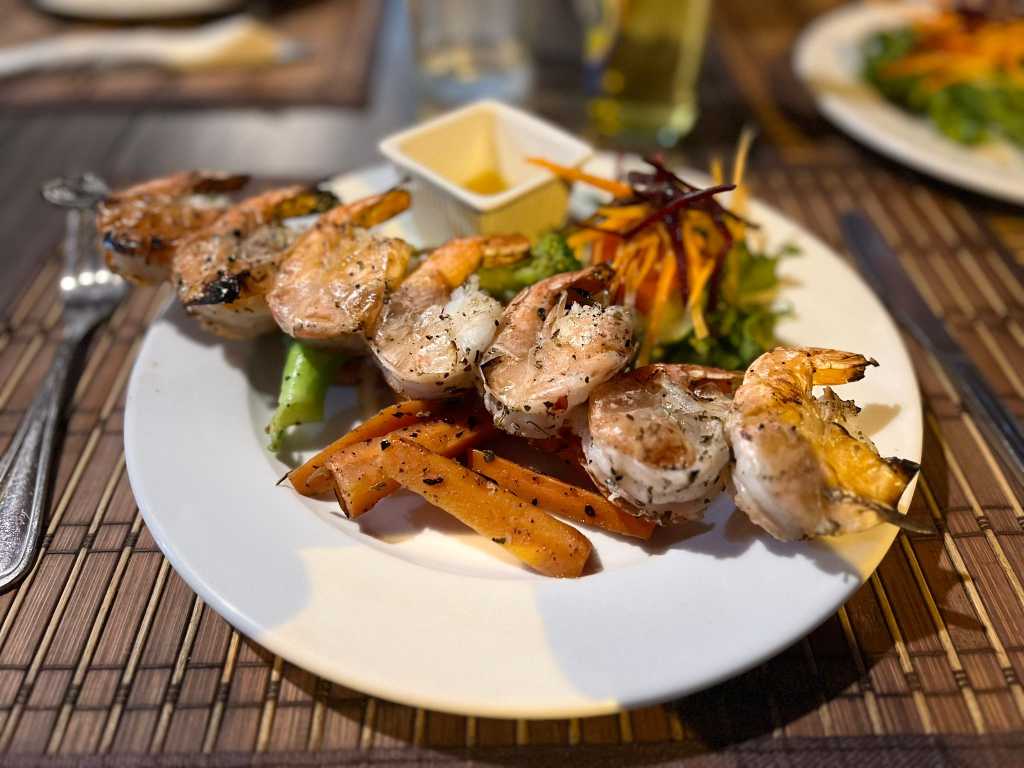

To sum up
Tobago has a soul: it’s warm and relaxed, aware of its natural attributes and keen to share them with visitors. There are smart hotels, Coco Reef Spa Resort for example, yoga eco retreats such as Kariwak Village and Holistic Haven, and the absolute full never-need-to-leave complex at Magdalena Grand Beach and Golf Resort as well as top quality holiday properties to rent at Stone Haven Villas and family-friendly Plantation Beach Villas.
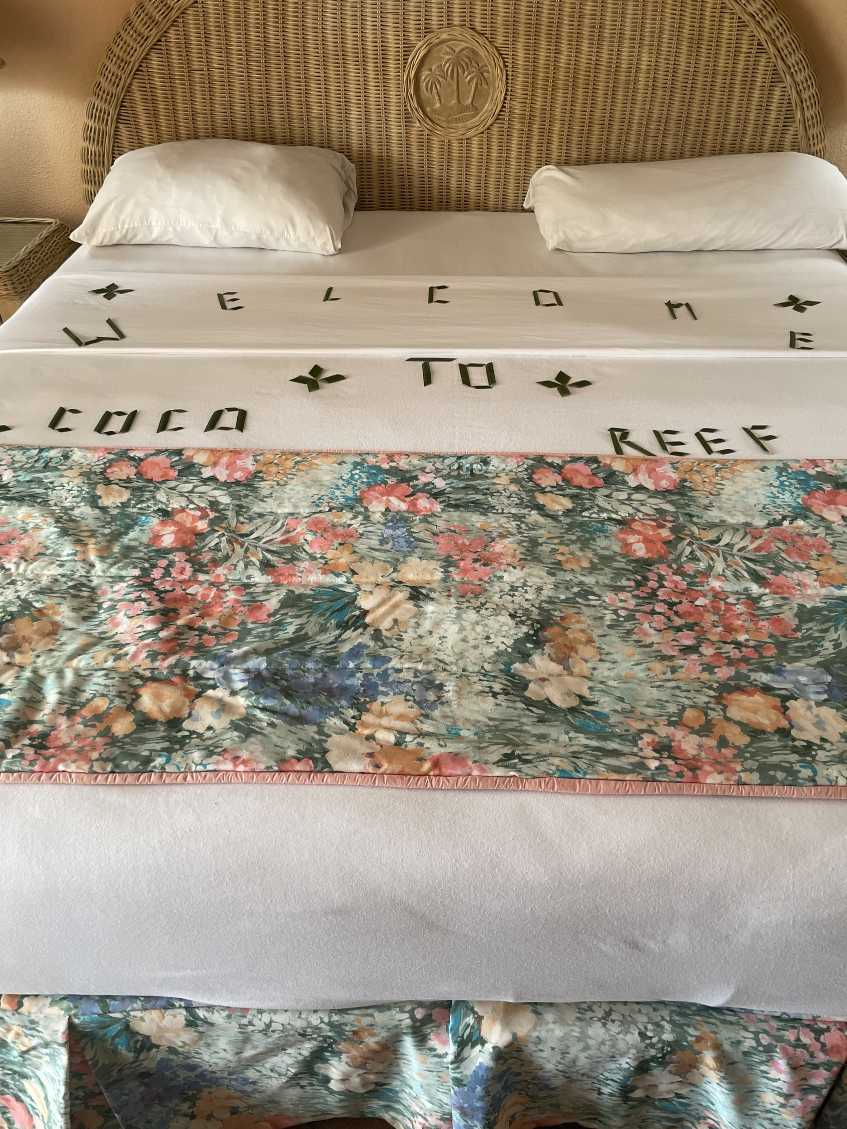
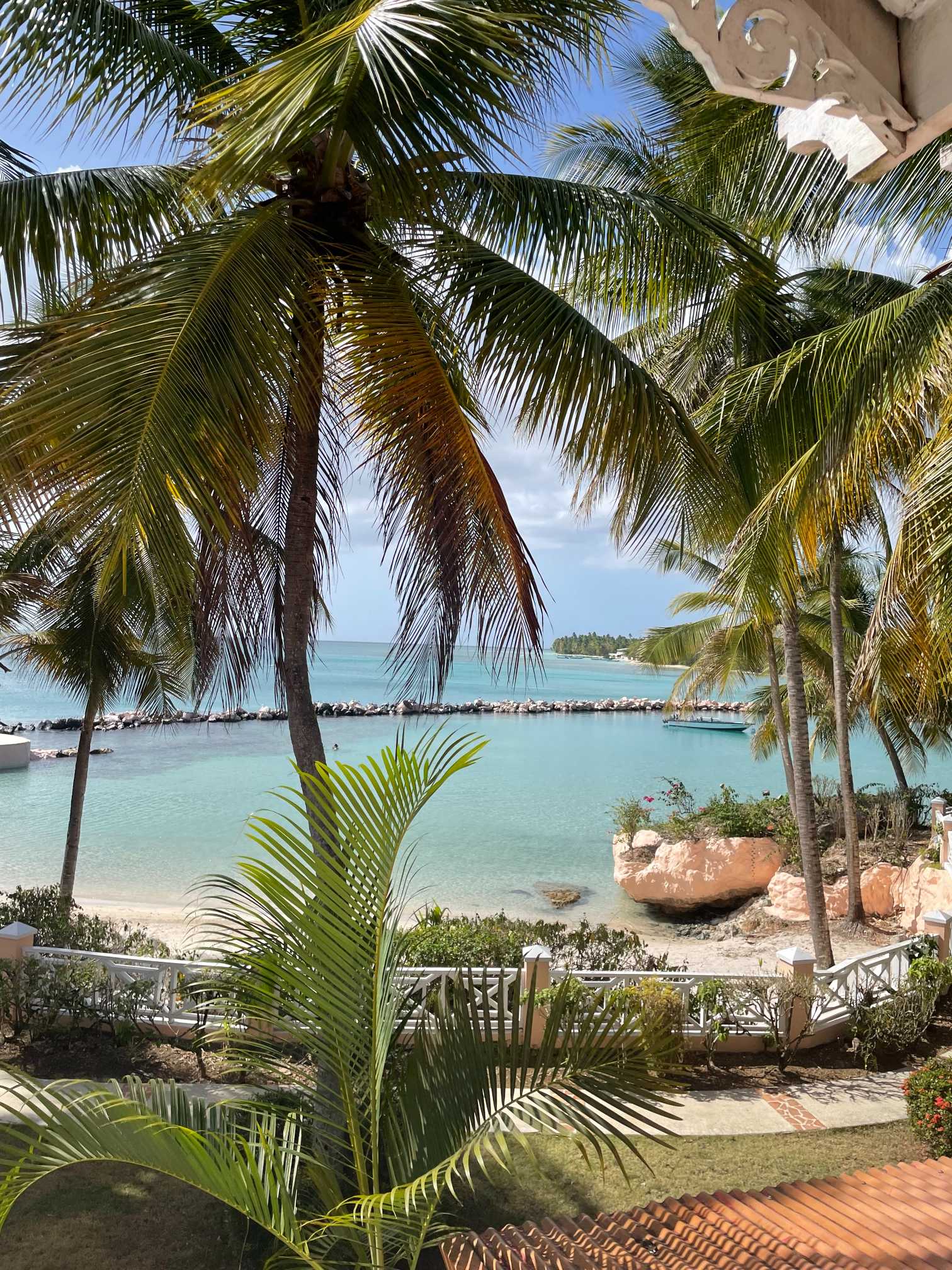
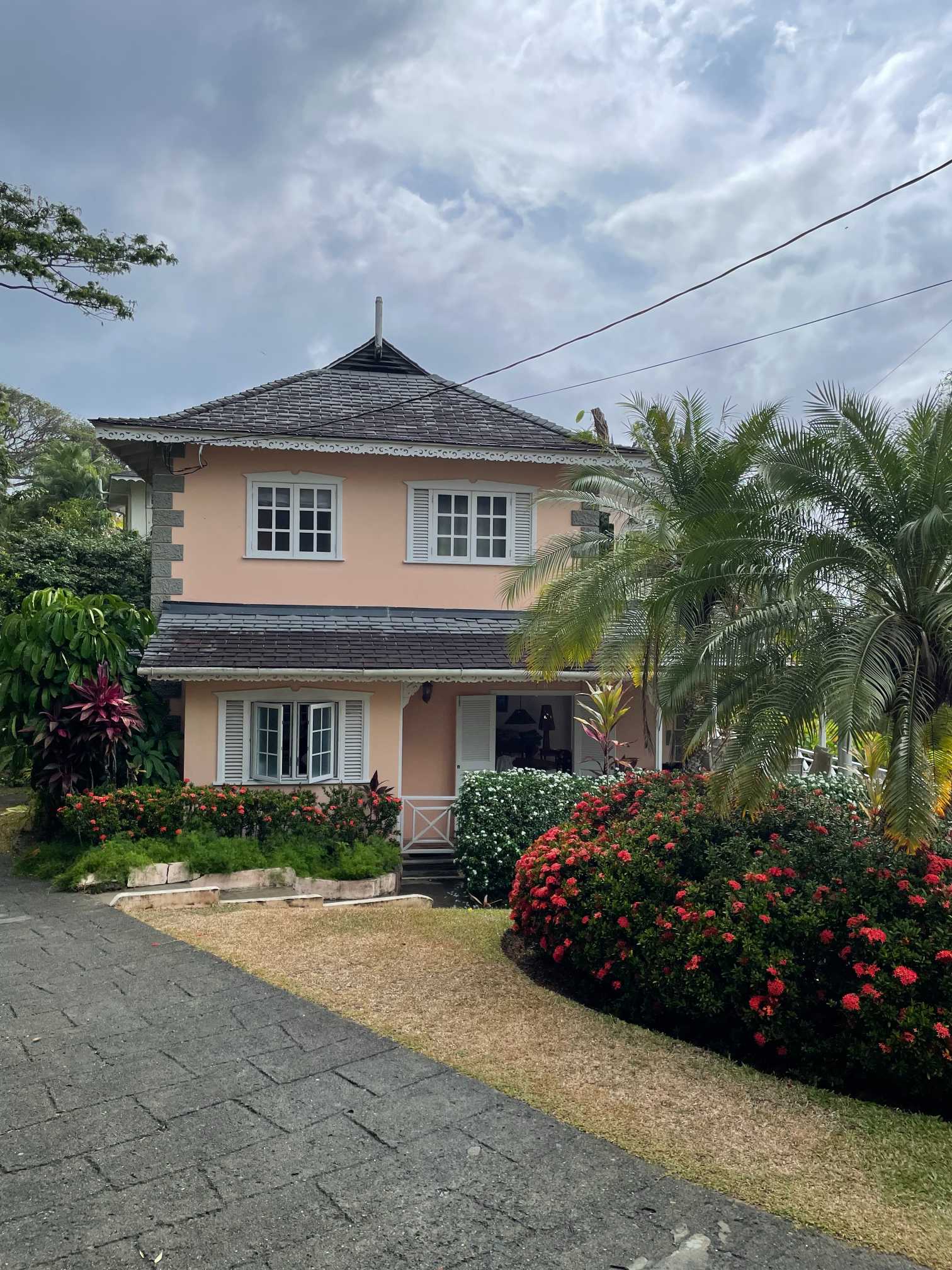
What glitters in Tobago, for me at least, apart from the bioluminescence, is that it’s thoroughly genuine, well-priced and has exceptional, unspoilt natural beauty. Visit quickly before everyone finds out about it! Tobago will go beyond your expectations.
Find out more
Go to Tobago for information. Our Silver Travel Advisors on 0800 412 5678 can offer information, quotes and make bookings for holidays in Tobago.
Jennie travelled as a guest of Tobago.
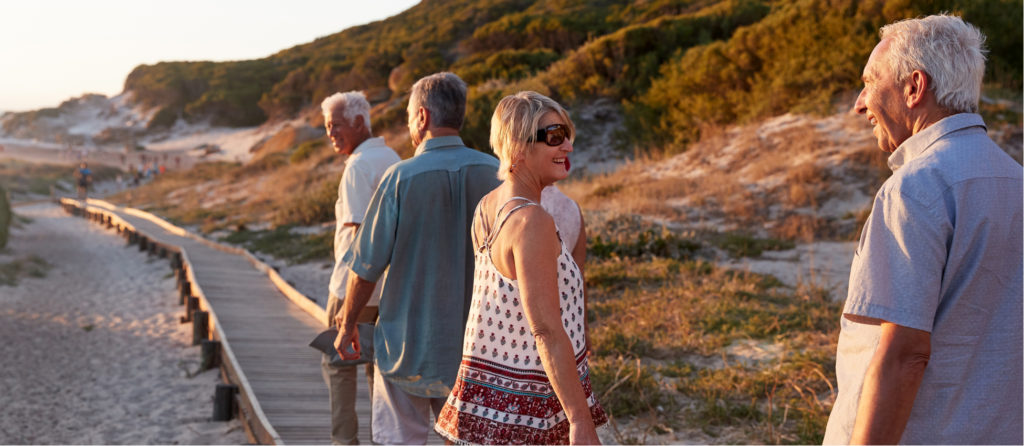

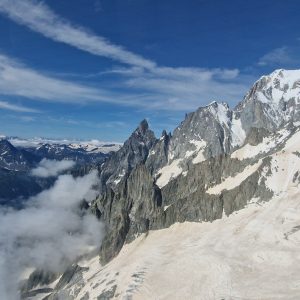
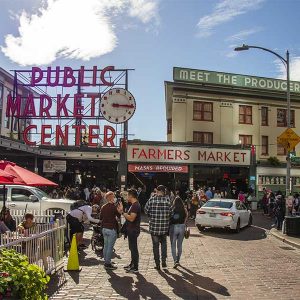
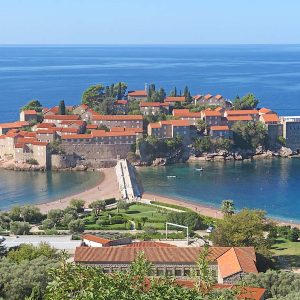







2 Responses
You’ve made it sound very enticing Jennie!
It’s wonderful Helen. You can flop & drop, or do so much more!